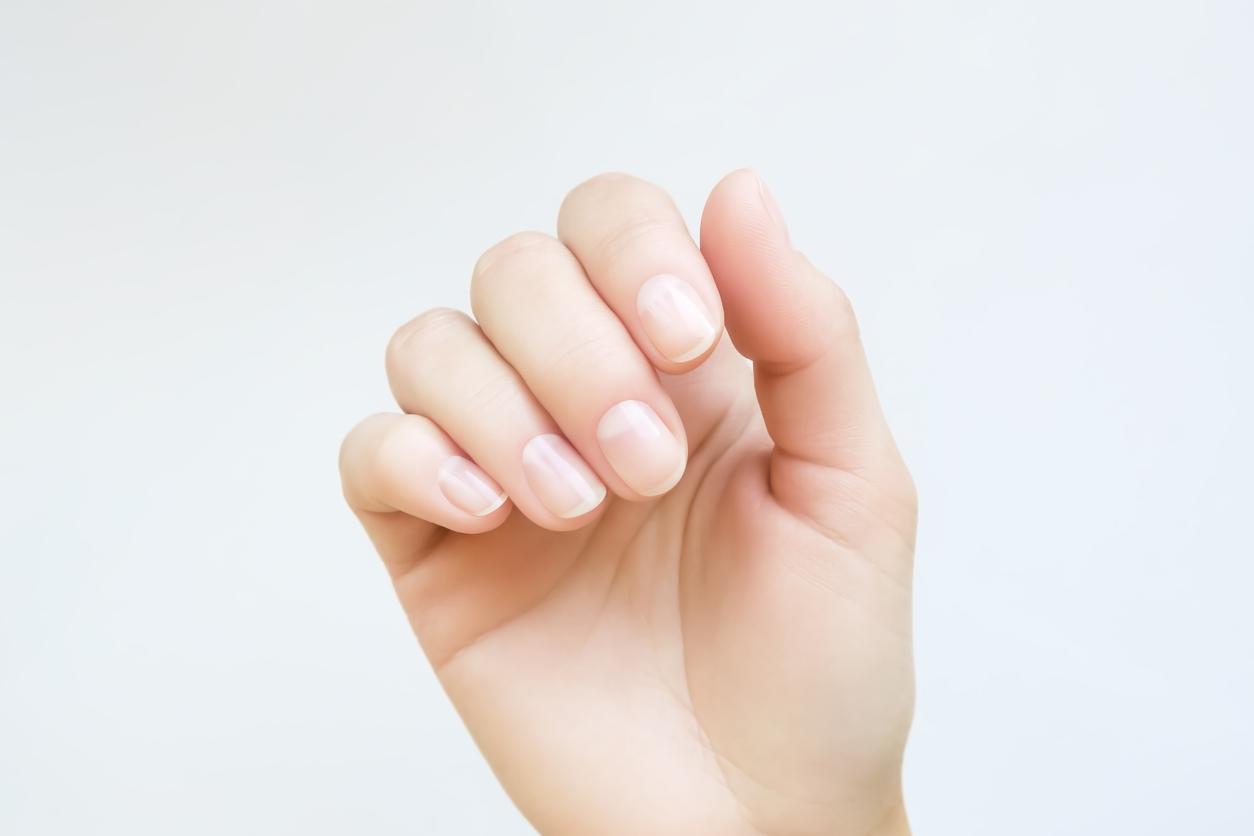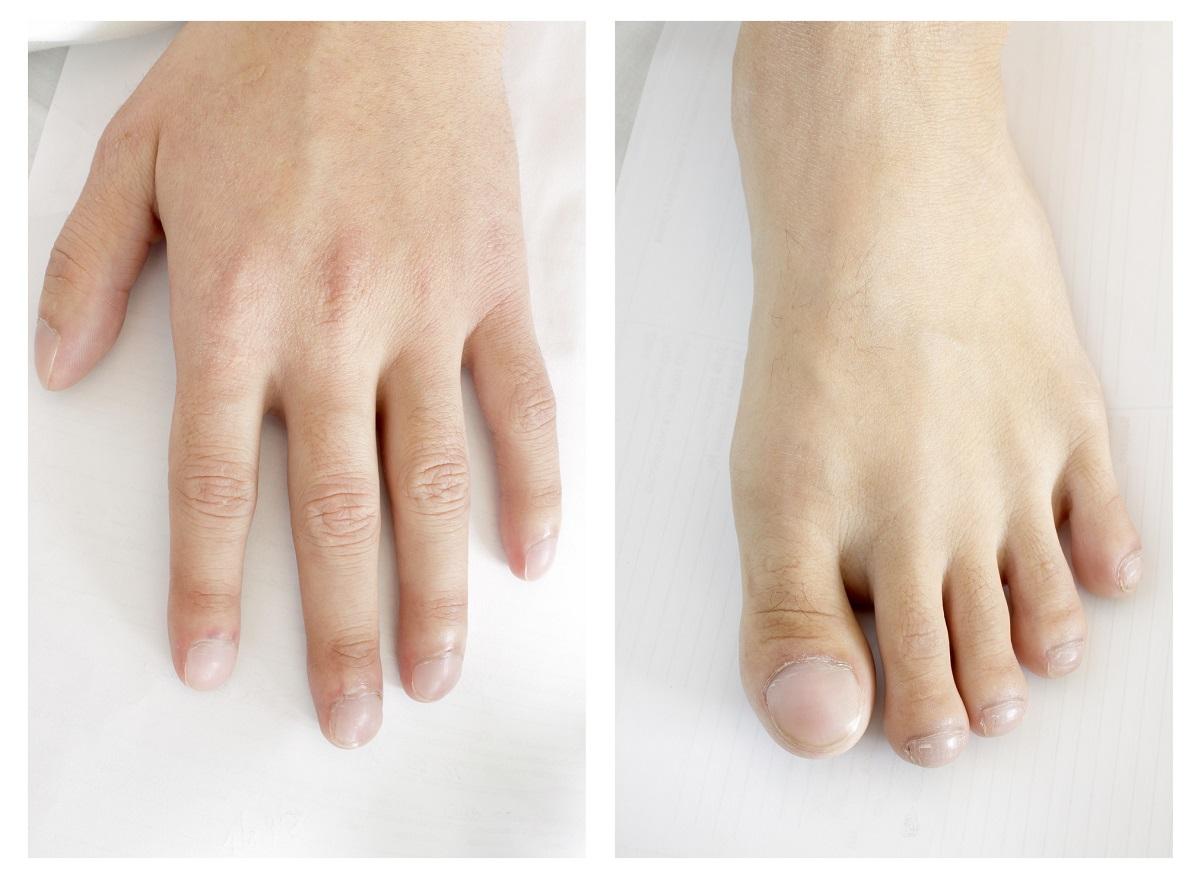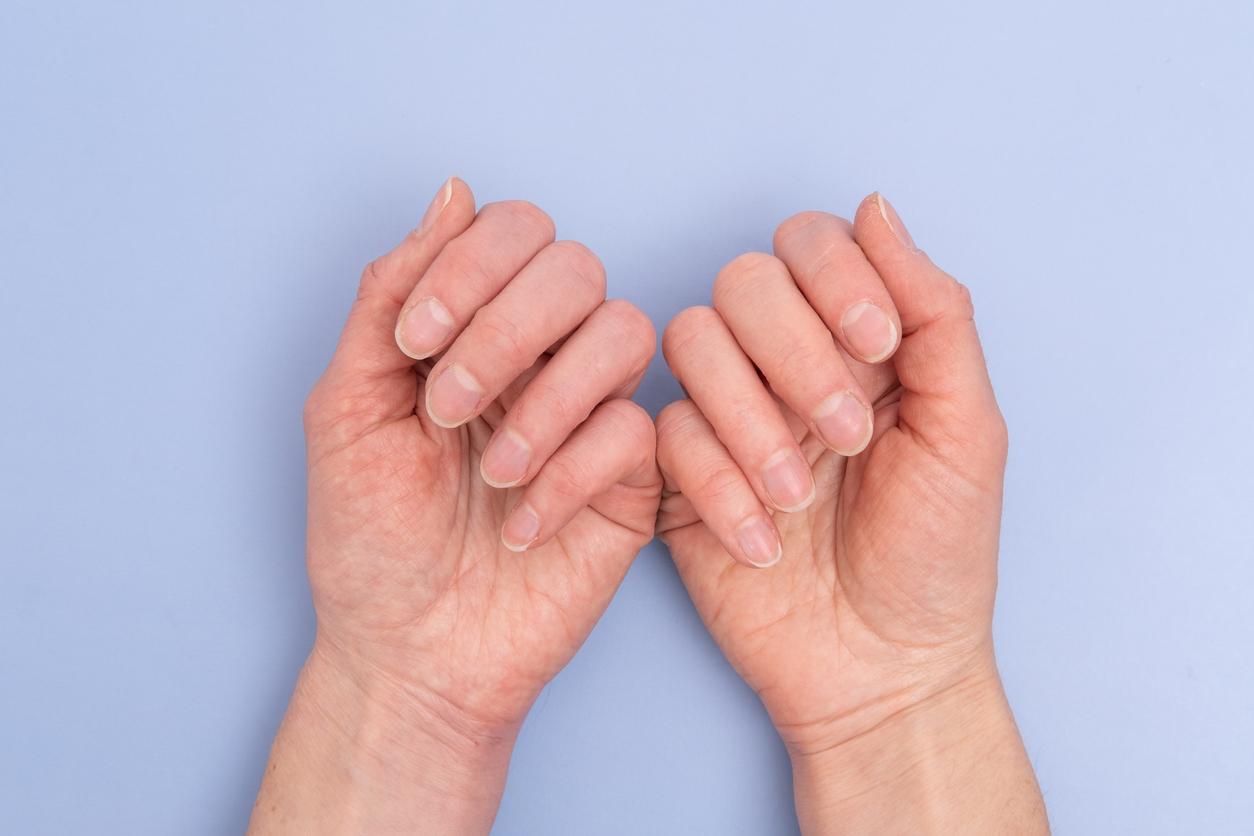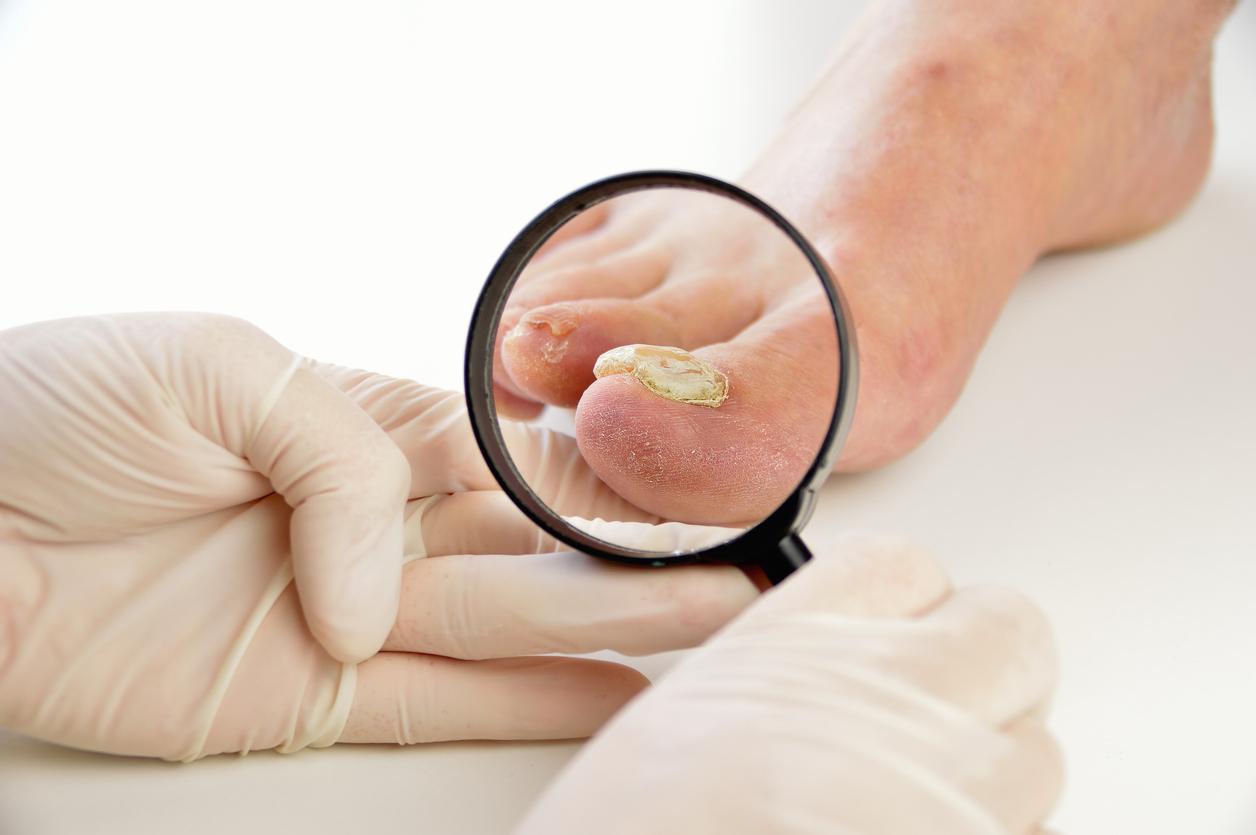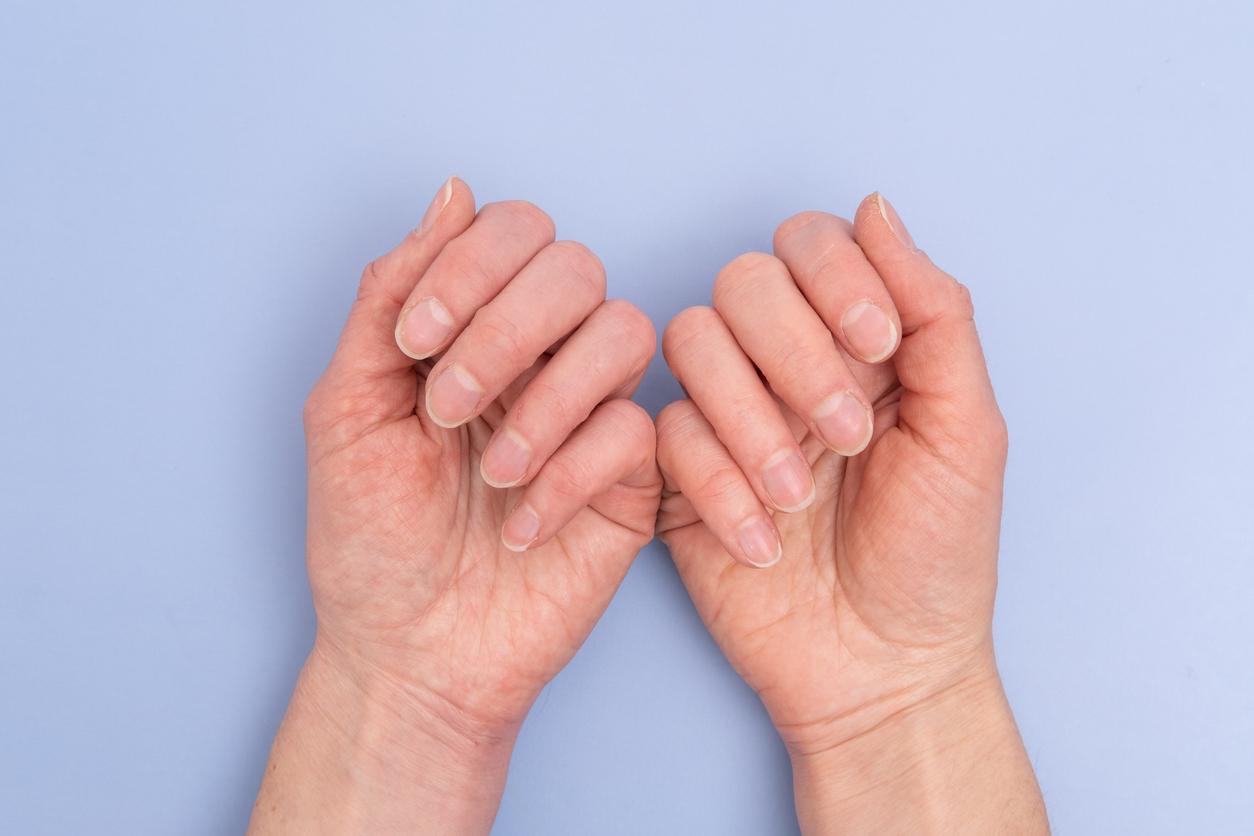Drying well helps, washing with soap does not. PlusOnline answers 8 questions about fungal nails. How do you prevent them and how do you get rid of them?
What is a fungal nail?
A fungal nail is a thickened and discolored nail. This usually occurs on a toe, sometimes on a finger. Often the color is white-yellow, sometimes green or brown. In addition, the nails can be brittle. They are ugly to look at and with nail scissors you can hardly get through them.
What causes them?
Fungal nails are caused by a skin fungus that infects the nail. The fungus sometimes gets on the body through direct contact with someone who is already infected, but usually through fungal spores. These spores can be found, for example, in the dander of infected people. When the body’s defenses are not strong enough, the fungus gets the chance to grow.
What happens when the fungus grows?
Then the skin may turn red or flake. There may also be soft, white patches between the toes. This is called athlete’s foot or ‘swimmer’s eczema’. That same fungus can infect a nail. Usually first at the tip of the toe, where the nail then turns white or yellow. An infected nail can become thicker, but not all thick nails are fungal nails, because nails can also become thicker due to, for example, the skin disease psoriasis.
How many people have fungal nails?
In an English study, 1.3 percent of 16 to 34 year olds suffered from it, 2.4 percent of 35 to 50 year olds and 4.7 percent of those over 55. Three quarters of these involved the toenails. Comparable Dutch research is unknown, but there is no reason to assume that the figures in the Netherlands will be much different than in England.
How can you prevent them?
By making it difficult for the fungi to grow. Fungi thrive in moist conditions. Dry the skin well after showering or swimming, including between the toes. Wear dry wool or cotton socks. Do not wash your feet too often with soap, as this will wash away the protective layer of fat on the skin. In public showers and swimming pools, wearing flip flops can protect against contamination.
Can it hurt?
Not in most cases, but the nail can be so thick that it presses against the shoe and hurts. Furthermore, a fungal nail can be a source of repeated fungal infections of the foot or groin, or a deformed nail can damage the skin. The wound that can occur can cause the toe to become inflamed. Some people, such as diabetes patients, have an increased risk of this.
What can be done about it?
You can remove any hindrance due to the thickening yourself by touching up the nail with a file or pumice stone. If that is difficult, a pedicure can mill away the thickening. This should be repeated every two to three months. You can beautify an ugly nail by applying nail polish. The fungus will not go away with these two methods. This requires medication that a doctor prescribes.
How do medicines for fungal nails work?
The anti-fungal agents hinder the growth of the fungus and eventually kill it. There are lacquers with the medicine in them and there are tablets. The varnish can only get rid of fungi that are in the surface of the nail. The fungus is deeper in most fungal nails. Swallowing the drug is then necessary, for three months. With use of terbinafine (lamisil) the fungal nail disappears in about three quarters. Itraconazole (Trisporal) seems less effective. If the treatment does not work, it can be repeated. Mild side effects such as gastrointestinal complaints may occur. There is a small chance of more serious side effects, such as liver disorders. Before these drugs are prescribed, it is therefore necessary to test whether the thickened nail is really caused by a fungus. Moreover, in the opinion of the doctor and patient, the expected effect must outweigh the side effects.
Sources):
- Plus Magazine







